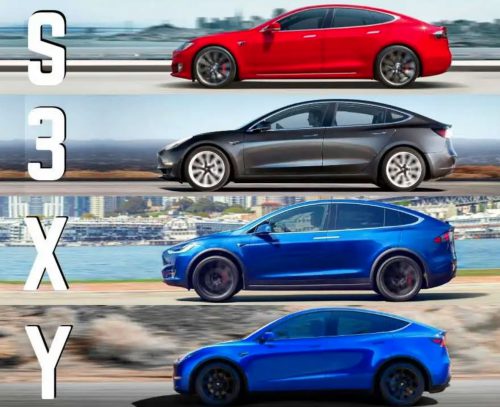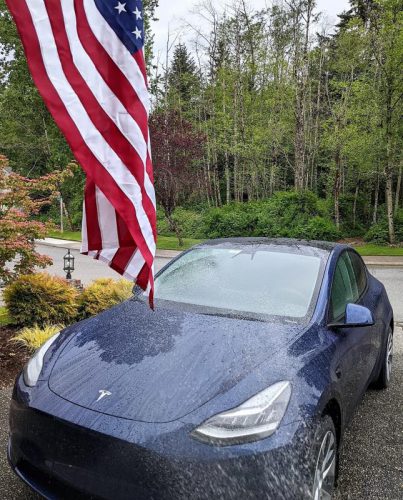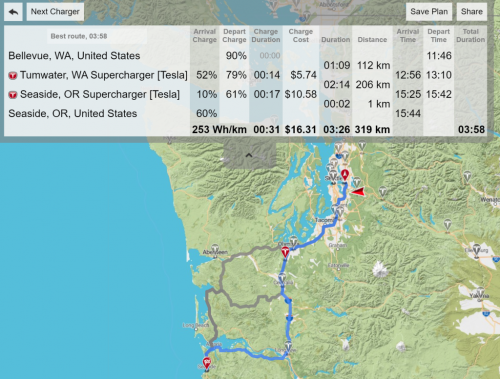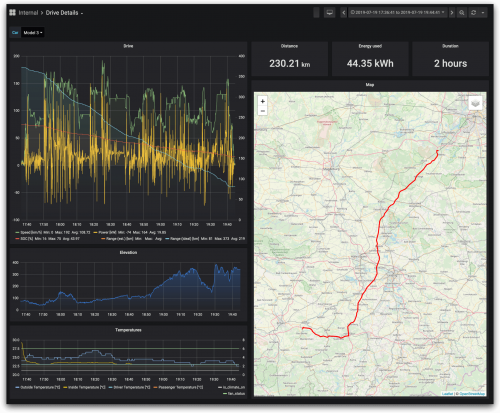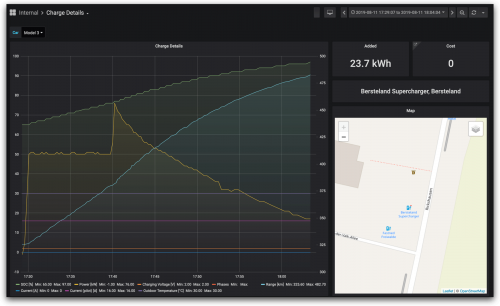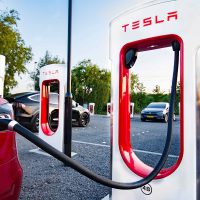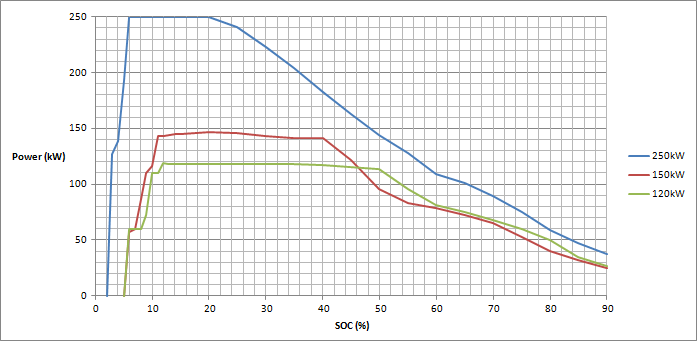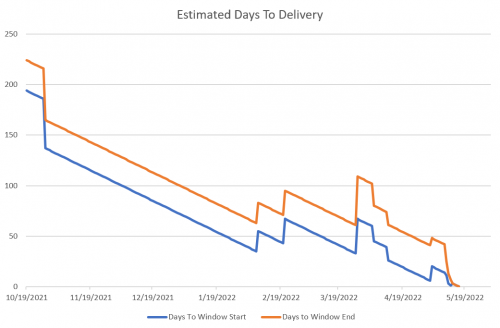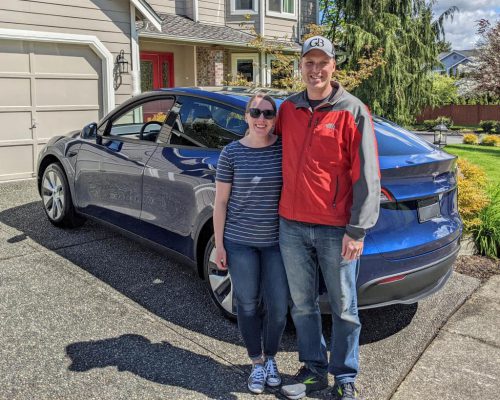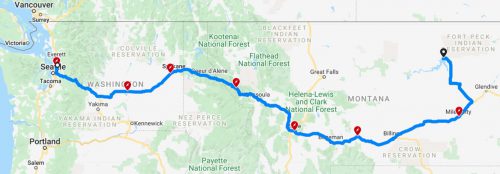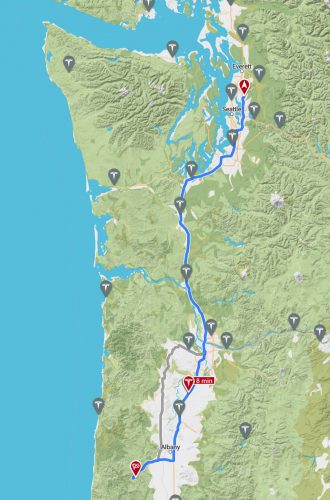Welcome to another Tesla Tuesday!
Before we did the car, I did a lot of research and math to compare a Model Y’s long term cost of ownership to the Ford Escape that we likely would have purchased instead. As part of that, I estimated that gas was going to average $3.50/gallon over the life of the car. That was about the average around us when I was doing the research and while I knew prices would go up a bit, I wanted to be very conservative (favoring the Escape over the Model Y.) Obviously the world has changed a lot since then and gas costs an average of $5.44 around us. How does that affect my calculations?
First let’s talk about how I’m collecting data. Finding “average gas prices” is a bit tricky. Most sites that you’ll find show averages for the state by month. That’s better than nothing, but our area is typically more expensive than other parts of the state, and we should be able to do better than monthly data. The GasBuddy website has daily updates on gas prices at a lot of gas stations. I wrote an app that checks the price for regular gas at the 6 closest gas stations to our house. I log that data to a database every day.
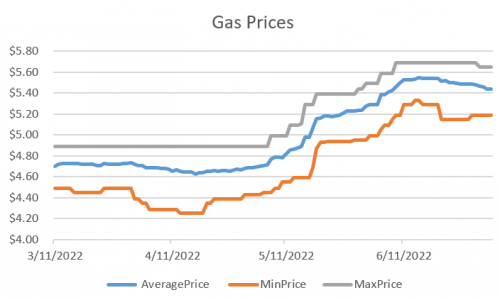
The next piece of the puzzle is figuring out how much gas I would have been buying at those processes. Obviously that’s a little tricky to get exactly right, but I’ve estimated it by looking at the total miles driven per day in our new car and assuming that I would just pay for that much gas each day. I get the daily mileage from the Tesla APIs and log that to the database as well. I’m left with a query that shows X miles driven for a given day when the gas price was $Y. I use the average MPG from our last Escape and do the math to estimate how much we would have paid for gas that day.
The Tesla API also gives me a record of every time I’ve charged the car. It tells me not just how much energy was added to the battery, but how much energy I pulled from the wall to account for a small amount of loss in the charging process. We have a tiered electricity cost based on total usage for the month so I assume that all the charging costs are in the highest tier.
When I was working out the math to see if an electric car would be cheaper, I had planned on saving $12.72 on gas per 100 miles. But that as planning at $3.50/gallon, so what does all the data show? After putting 2100 miles on the new car, I’m happy to report that we are saving $18.68 per 100 miles!

